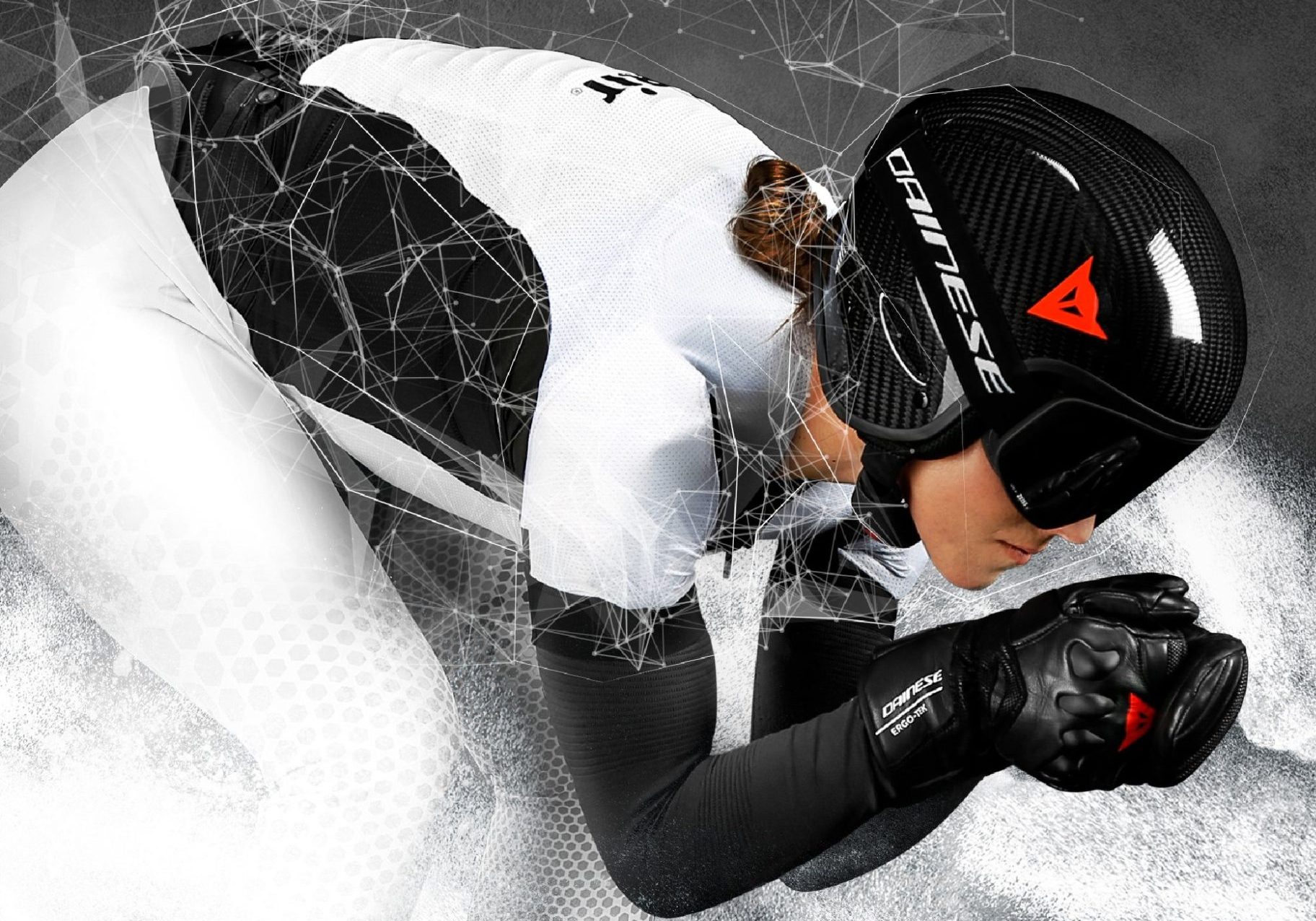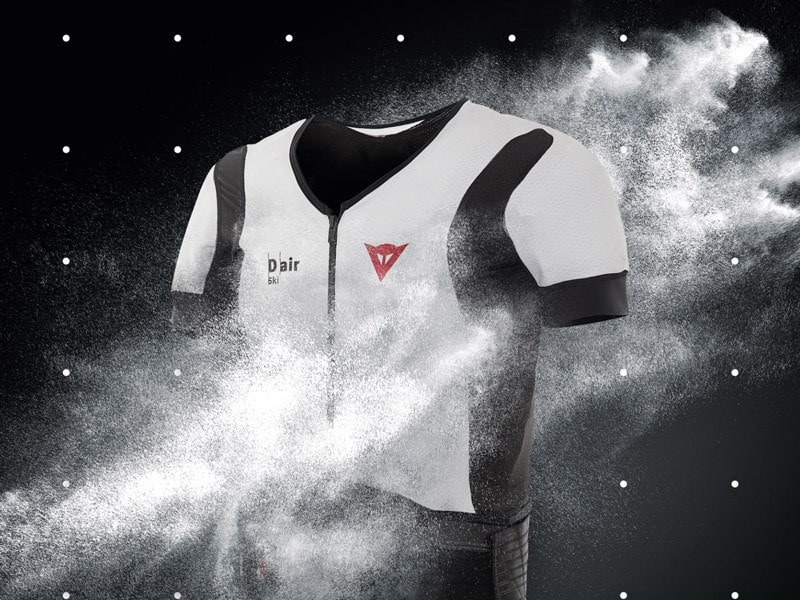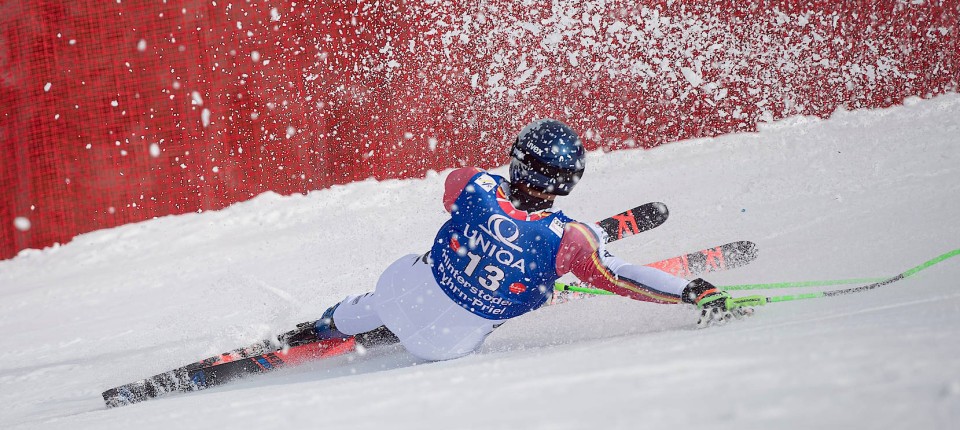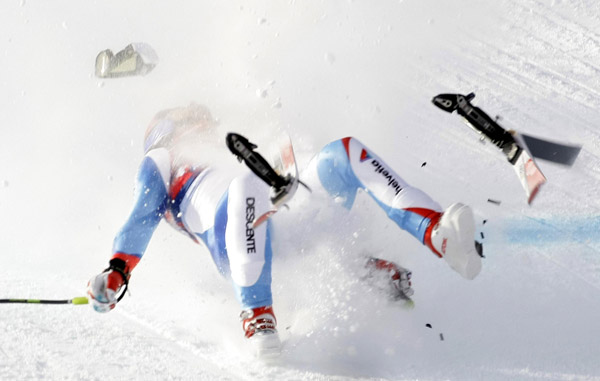
The International Ski and Snowboard Federation (FIS) confirmed on Friday, November 8, that the use of airbags will be mandatory for all athletes competing in the Alpine speed disciplines at FIS World Cup races as of this 2024-25 season. The council held an online meeting to discuss the obligatory topic of airbags after voting in favor of introducing the mandatory use in the spring meeting in May this year. Not only will airbags be compulsory for World Cup Super-G and Downhill events but also World Championships and Olympic Games competitions. Airbags have proven to be a valuable measure of increasing the safety of athletes in speed races.
“For FIS, athlete safety comes first and is non-negotiable,” says FIS Secretary General Michel Vion. This has been at the top of our agenda, and it is why we established the Athlete Health Unit in 2023, for example.” Exceptions can be granted by the National Ski Association in the event that the airbag does not fit an athlete, such that the airbag restricts movement in an unsafe manner.

Italian company Dainese was the first company to produce these airbags for skiers. Initially developed for motorcyclists, the company’s airbags have been adapted for skiers. A system of sensors with three accelerometers and three gyroscopes in communication with GPS at 1,000 times per second determines when a skier is about to crash and activates the airbag.
“The adoption of airbags is part of a broader approach that involves all the factors that can minimize the risk of serious injuries: from the knowledge around weather conditions and track set-up to equipment such as cut-resistant undergarment and smart bindings. We will embrace any measure that is proven to help protect athletes’ health and welfare.”
– Michel Vion, FIS Secretary General

The use of the airbags is not without controversy. Austrian ski racer Matthias Mayer broke two thoracic vertebras when he crashed while wearing an airbag in Val Gardena/Gröden, Italy, in 2015. U.S. ski racer Ted Ligety suggested at the time that the airbag may have contributed to the injuries, stating, “I feel horrible for Matthias Mayer I wish him all the best. It’s really unfortunate racers are being used as crash test dummies to experiment with an unproven airbag system. To my knowledge, he was the first real race crash with the airbag which resulted in the worst back injury in more then a decade for the World Cup. It looks to me like the airbag acted as a fulcrum for his back to break around. This needs to be investigated.”
There are, however, several international athletes who have been using Dainese airbags for several years and swear by their use. Switzerland’s Marco Odermatt and Niels Hintermann, as well as Italy’s Queen of Speed Sofia Goggia always ski with an airbag. Odermatt admits that it was his girlfriend who convinced him to wear it. “Stella asked me one evening if I was using one [airbag]. When I said no, she asked me why not? That made me think. And I have come to the conclusion that the airbag can really help me.”
The initiative to make airbags compulsory for Downhill and Super-G skiers came before the slew of season-ending injuries during the 2023-24 season. The coming 2024-25 season will show how successful the introduction of airbags will be for ski racer’s safety. The 2024-25 speed opening will be held at Beaver Creek, Colorado, with the men’s Downhill and Super-G held December 6-8 and the women’s events December 14-15.
- Related: FIS Alpine Skiing World Cup 2024-25 Men’s Calendar
- Related: FIS Alpine Skiing World Cup 2024-25 Women’s Calendar
